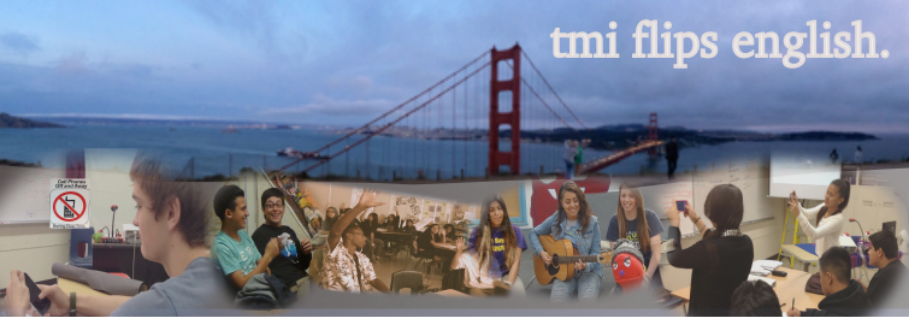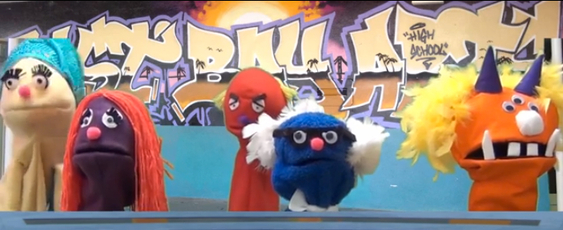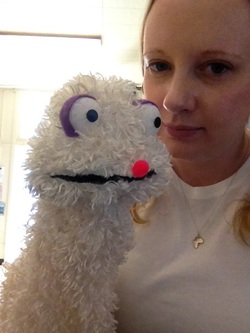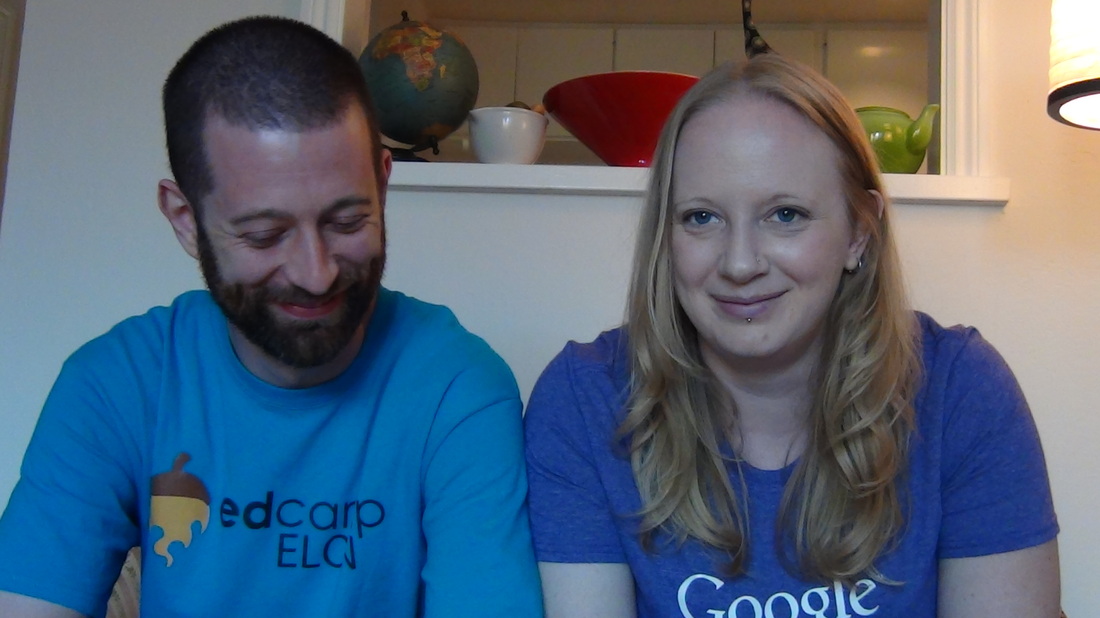- Recording the lecture for students to watch at home, freeing up class time for practice and application
- An asynchronous, self-paced or mastery model where students are responsible for moving through the content at the speed that suits them and still demonstrates mastery of the concepts and skills.
I have tried both of those models; in fact, those two models are the ones I used predominantly for my first year flipped. However, there is a third model that not many teachers talk about, but that I recommend to flip-curious teachers all the time.
That model is to record the lecture or instructions on video, then show it to the class. While it doesn't remove that direct instruction from the class period, it does offer several very useful advantages:
- You can see which students are getting it, and which are not
- You can teach note-taking in a more explicit way, because you're doing it together. Students learn to rely on each other to discuss and make meaning of the material, and thus create notes that are far more helpful to them
- It gives the teacher time to take roll and get organised before beginning an activity. You could even use the time to enter grades. If the instruction was in the middle of the period, you could actually enter grades from THAT DAY as they watch, and even give them credit for the notes AS THEY TAKE THEM. More feedback is always better, and getting instant feedback is important...at least as long as grades are a required part of teaching
- It effectively clones the teacher - instead of spending 90% of your attention lecturing and 10% managing and supporting, you now have 100% attention to devote to managing behavioural issues, writing passes, taking calls from the office, and even circulating to figure out which students are most in need of 1:1 or small group differentiation. Then, when the video concludes, those are the students you group together and work with personally. That allows students who are ready to move more quickly than others
- Having the video available also means that students who were absent or who have difficulty learning can watch it as many times as they need to. If you have the devices for it, you can target students who struggle to keep up and have them watch the video on the device while the rest of the class watches on the main screen. That way they get to control the pace and can therefore avoid the frustration and embarrassment of being the only one not keeping up
- Putting direct instruction on video takes what would be 15 minutes of class time and reduces it to 4-8 minutes. Without interruptions or pausing for questions or to write out notes live for students, the content can be kept brisk. I have never had a lesson take longer on video than live in class, and frankly, it generally takes less than half of the time as it did live
- (Maybe this is just me, but...) It forces you to be far more prepared for your direct instruction and to use the best possible examples. I struggle to talk, write and manage the class all at once, so by recording the lecture on my own, I can focus on the best way to explain it, or find pictures that can help illustrate it, or even add in an easter egg or two to liven it up
- It allows you to build this into your workflow and create short videos as you go, so that you're flexible in adjusting to students' learning needs
- This is the most important one to me: it reduces or eliminates the need for homework. Flipping this way meant that I didn't have to assign homework unless there was something we didn't complete in class time due to off-task behaviour or distractions.
If you don't have the technology to record videos at home, you can do this at school using a SMARTBoard or a document camera, or even just record it on a mobile device. If you don't think you have the time this year but want to start next year, you could even just record the instruction live in class and go back and edit it later to remove the dead air and replace any bad examples you used or add information using callouts.
Just by putting your direct instruction on video and playing it in class, you can free up a lot of time. If you can reduce your instruction by 5 minutes a day, you would get back 900 minutes of instructional time over a year. Yes, it requires an investment of time to create the videos. But with tools like ShowMe and Snagit available for free or very cheap (and Camtasia and SnagIt are both TOTALLY WORTH IT - so much so that I actually paid for them myself rather than having the district/school buy them for me), making videos can be done in 15-30 minutes. When I make a ShowMe video, it takes about twice as long to make as the finished product (the exception is the reading ones - those take pretty much exactly as long as the video).




 RSS Feed
RSS Feed
